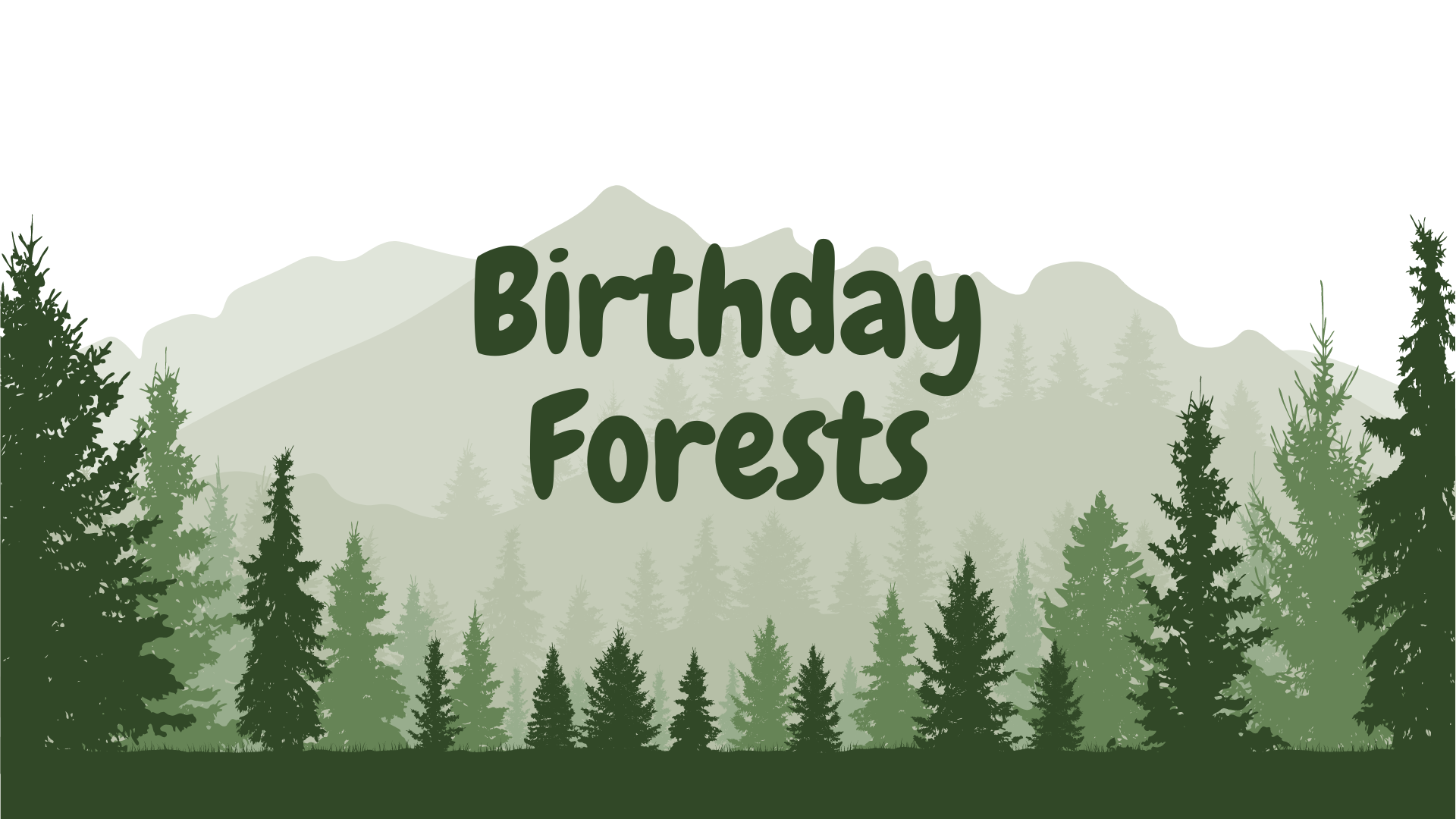Navigation in the world of confidential cryptomen: Monero vs. Zcash
In recent years, the world of cryptocurrency has grown exponentially, with new players entering the market every day on the market. Among them, two remarkable cryptocurrencies have paid considerable attention because they focus on privacy and safety: Monero (XMR) and ZCASH (ZEC). Both of these digital currencies prefer confidentiality, allowing users to perform transactions without revealing their identities or transactions data to third parties. In this article, we dive into the world of confidential cryptocurrency, we are examining Monero vs. Zcash, their differences, benefits and cases of use.
What are confident cryptocurrencies?
Confidential cryptocurrencies are designed to provide users with a safe transaction environment without monitoring or auditing them. This is achieved by various cryptographic techniques such as rings signatures (Monero) and zero consciousness evidence (ZCASH), which allow the processing of anonymous transactions.
Monero (XMR)
Monero is a decentralized cryptocurrency that uses circular signatures to secure transactions. Its unique algorithm allows users to make anonymous payments by creating a pseudonymous “address” that can be shared publicly or maintained private. Monero’s consensus mechanism, called Corda, ensures the integrity and safety of transactions by verifying the sender’s identity and the recipient through digital signatures.
The benefits of Monero are:
* Anonymity : Monero allows users to create anonymous wallets and perform transactions without revealing their identity.
* Security : The circle signature algorithm provides another layer of security, making it difficult to track or audit transactions to third parties.
* Low transaction fees
: Monero fees are relatively low compared to other cryptocurrencies.
zcash (ZEC)
ZCASH is another decentralized cryptocurrency that uses zero knowledge to secure transactions. Its consensual mechanism, called Corda, allows users to create a pseudonymous wallet and perform transactions without revealing their identities or transactions data to third parties.
The benefits of Zcash are:
* Security : The Zcash’s Zero-Knowledge evidence algorithm ensures the safety of transactions by making it difficult for harmful actors to audit or monitor transactions.
* Low transaction fees : Like Monero, ZCASH fees are relatively low compared to other cryptomes.
Comparison and Differences
While both Monero and Zcash prefer anonymity and safety, there are key differences between the two cryptocurrencies:
* Transaction Fees : As mentioned, Zcash has lower transaction fees compared to Monero. However, this advantage is compensated for a slightly longer block time (approximately 6 minutes compared to about 2.5 minutes for Monero).
* Consensation Mechanism : Corda, which uses Monero, provides an additional layer of safety through a circular signature algorithm, while the ZCash consensus mechanism is easier and relies on transaction time stamps.
* User interface : Monero user interface is generally considered to be more complex, with a steeper learning curve. On the other hand, ZCASH interface is more intuitive and easier to use.
Use Cases
Both Monero and Zcash have unique cases of use:
* Monero : used for decentralized finance applications (Defi) such as credit platforms and stableceoins. Monero anonymity and security features make it an attractive choice for these types of applications.
* Zcash : It is often used in private networks and decentralized systems where full disclosure is not required.
Conclusion
Finally, Monero and Zcash are two remarkable confidential cryptocurrencies that offer distinct benefits and benefits.


 Cart is empty
Cart is empty 
![Solana: Got error when I try to sell token in pumpfun [error=Error processing Instruction 2: Program failed to complete]](https://birthdayforests.org/wp-content/uploads/2025/02/02f7a625.png)


